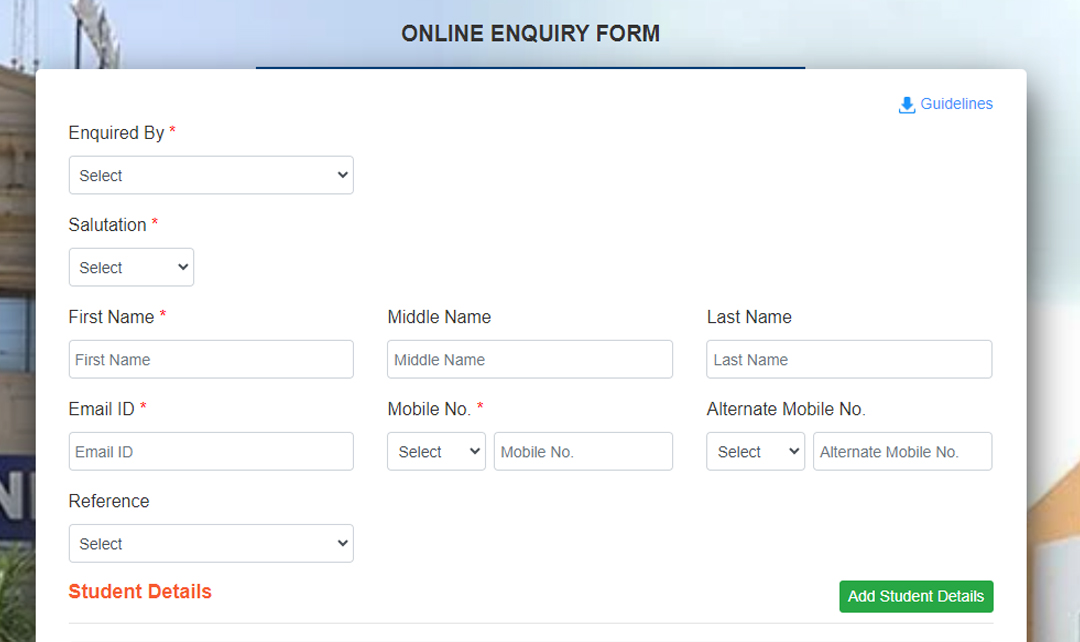
Ashoka Business School
Minority Institute (Linguistic)
Recognized by AICTE-New Delhi, DTE-Mumbai & Govt. of Maharashtra
Affiliated to Savitribai Phule Pune University

CORE VALUES
CONTINUAL IMPROVEMENT
Ashoka Business School meet the promise of continuous improvement at all levels.

The general components of a continuous improvement cycle — Assess, Analyse, Adjust, and Repeat are well-known and replicated at different levels of scale throughout the educational system. Continuous improvement is grounded in systems thinking from the initiation of an institute. Many professions, organizations, and industries have adopted the theory as they try to solve problems from a holistic perspective.
Ashoka Business School worked as “living systems” which means they comprise various interconnected parts both inside and outside of the institutions classrooms, teachers, students, leaders, employers and outside stakeholders. An underlying premise of continuous improvement is that an institute’s success is related to its ability to make sense of these interconnected elements.
An effective continuous improvement system emphasizes the learner’s experience, stakeholder engagement, and data collection and analysis to guide and inform both planning and executing an institute’s improvement journey.
This holistic and deeply ingrained approach allows us to focus at all levels to :
Identify and focus on what matters most for improvement. Address all the factors that affect performance. Continuous improvement requires examining leadership, resource allocation, teaching and learning, and student engagement and helps school leaders shift the focus from outcomes (such as low test scores or absenteeism) to the multiple factors that contribute to them.
Provide organizing principles for improving performance. Identifying root causes of issues allows school leaders to identify specific actions to address them — and importantly, prioritize them. Being able to identify which issues have the greatest effect and require the greatest attention allows our leaders to focus on them consistently and not be distracted by less important issues. Set clear goals that will engage both business school and community stakeholders around a common issue and focus everyone on a common strategy or action to make progress.
Create a culture of improvement at all levels, whether they are low performing or excelling. Taken together, these principles of continuous improvement help ensure that our institute improvement does not become a check-the-box approach but a strategy that targets specific needs of individual students through optimum mentorship mechanism.
